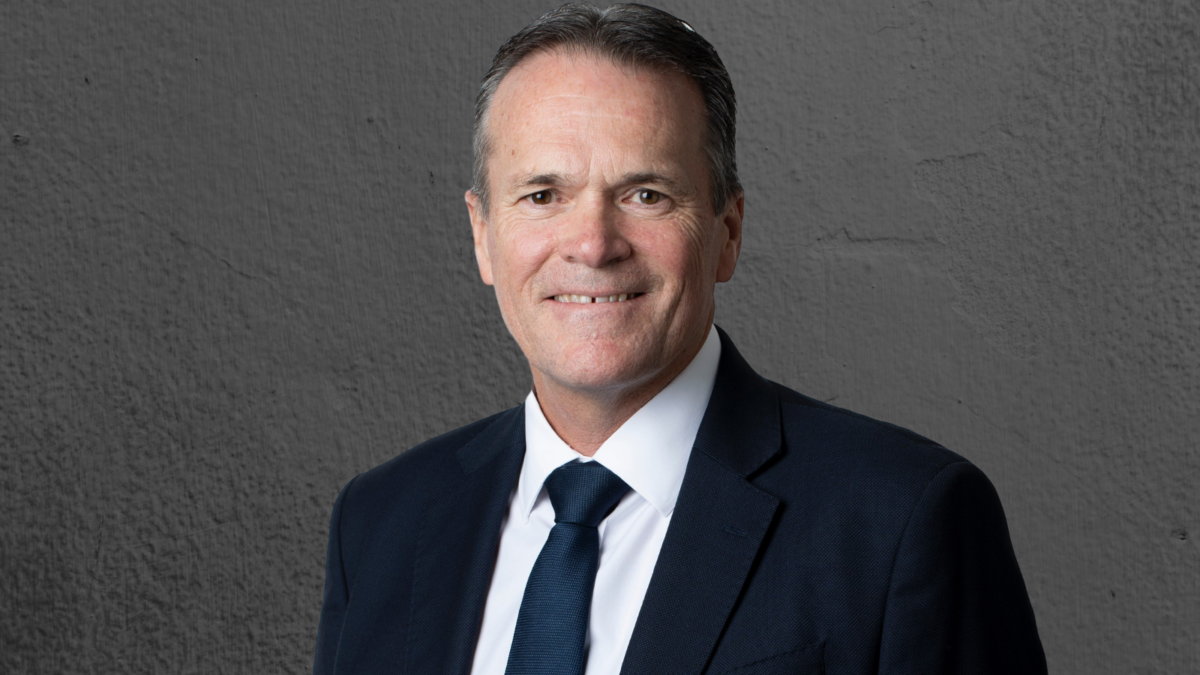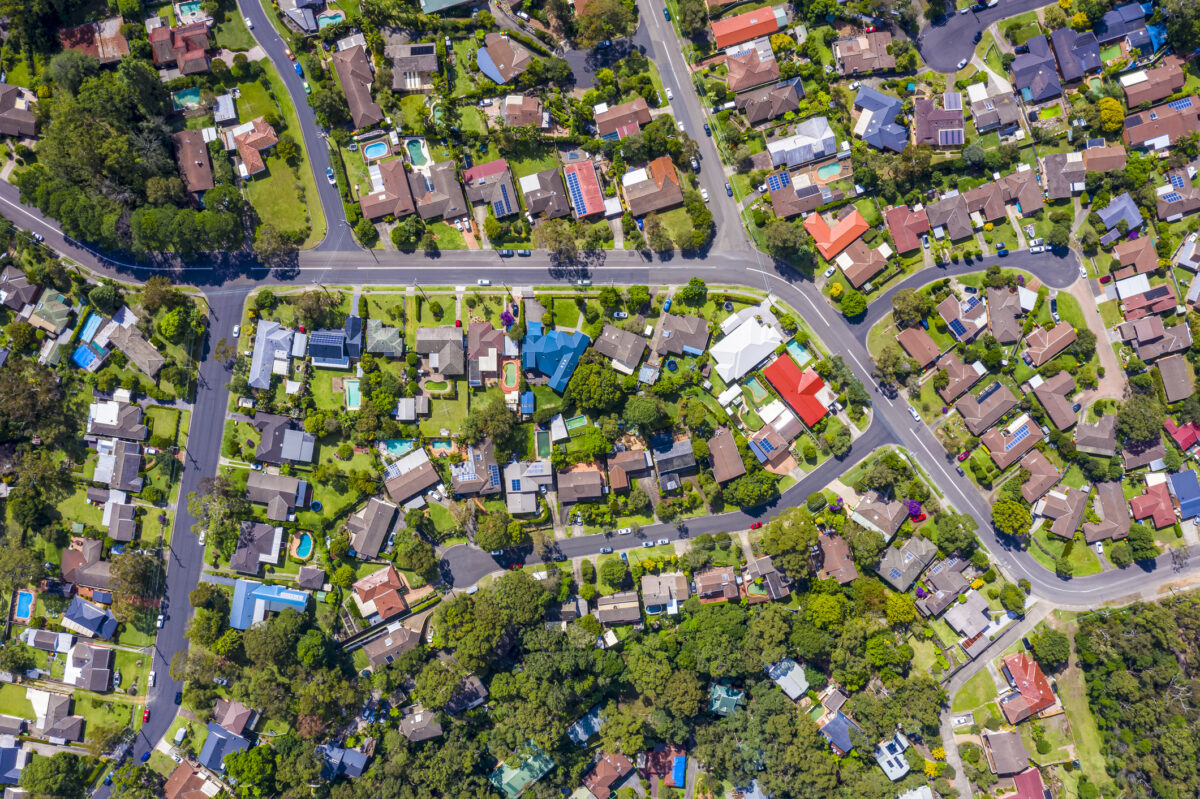Secondaries market headed for ‘record year’ as private markets surge
While the growth of private capital captures the attention of investors around the world, it is the secondaries market behind it that is displaying a more rapid rate of growth.
The global secondaries market notched $70 billion in transacted volume in the first half of 2024, up from $40 billion over the same period in 2023. That rate of growth – over 70 per cent year-on-year – is likely to be more impressive when full year numbers are in, with the volume of secondaries deals typically skewed to the back half of the calendar.
The growth of secondaries has been a natural follow-on to the development of the private equity and private debt sectors, with the latter emerging as a global phenomenon in the last five years or so. As markets for these channels have grown, the investors behind them – both institutional (known as a Limited Partner or LP) and fund manager level (known as a General Partner or GP) – have increasingly found the need to liquidate their investment in part or full.
This opens up the potential for a secondary manager to acquire the asset, typically at a discount to Net Asset Value, which means they gain a well-priced asset that’s likely income-producing from the get-go and avoids the J-Curve delay often associated with other acquisitions.
While liquidity is a common driver for sellers, there are a host of other motivators according to Jake Elmhirst (pictured), partner and head of private wealth secondaries solutions at Coller Capital.
“It could be a result of M&A; you see businesses combining and they put their portfolios together and that triggers a need to rebalance,” Elmhirst told The Inside Adviser. “It could be tactical, where they’re seeking to adjust their allocations to take advantage of opportunities they see as attractive today. It could just be that their operating business, which is being financed by their private markets portfolio, needs more cash.”
LP market drivers
On a recent webinar Iyobosa Adeghe, a London-based partner at Coller Capital, explained that several factors are currently driving volumes for the LP (or institutional) side of the secondaries market.
“The first thing to note is a shortfall in distributions to LPs driven by a shortage in underlying M&A and a shortage in capital markets activity,” Adeghe said. “Within that context, the secondary market is a really valuable way to make up for a shortfall in liquidity and in distributions.”
The second key driver, he said, is an excess in allocations to private equity.
“This is something that LPs have handled for many years, and there are many LPs that have been able to live with an over-allocation or have been able to obtain waivers and amendments that allow them to run with an excess allocation to private equity. But there are equally many LPs that have decided that there is a real need to do something now to address what has been a long-standing issue. And we think that it’s going to be a real driver of volumes for the rest of the year, going forward into 2025 and beyond.
“The final thing to note is that the secondary market is a really valuable tool for adjusting allocations over time… i.e. tailoring your allocation by manager, by geography and by strategy,” he said, adding that “proactive portfolio management” will continue driving the secondaries market for decades.
GP-led transactions surge
On the GP (or institutional) side of the market, secondaries deals came in at $30 billion for the first half of the year – more than 40 per cent of the overall market.
The most interesting trend to emerge in the last year, said Coller Capital’s Katrina Liao, has been the proliferation of single-asset deals.
“During the first half of the year, nearly 60 per cent of those transactions were single-asset GP leds,” Liao said on the webinar. “We believe you will continue to see more single-asset GP-leds as the exit environment is challenging and it’s the only way sponsors can hold onto their star assets.”
The influx of single-asset deals will bring with it larger transaction volumes, she added. “A lot of the transactions we saw in the first half of the year have been over $1 billion.”











